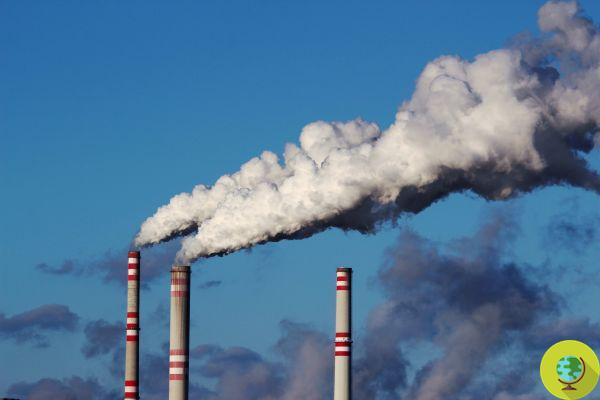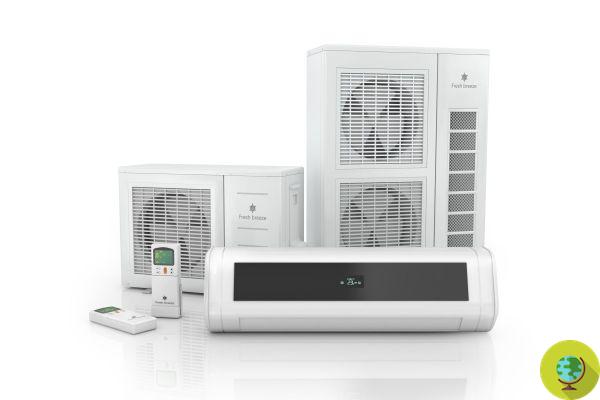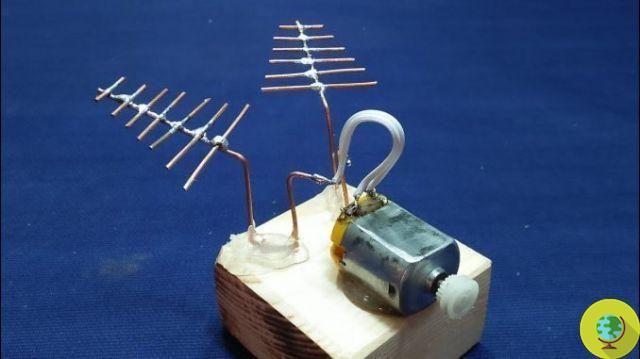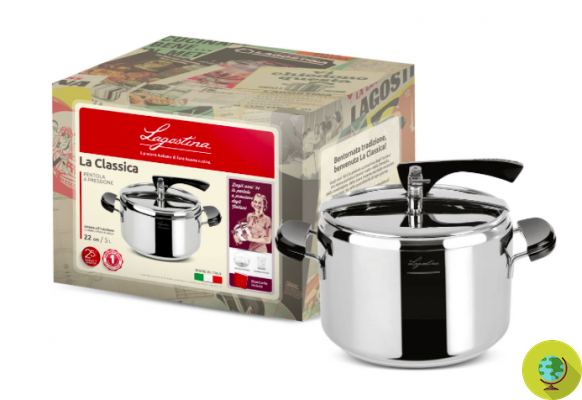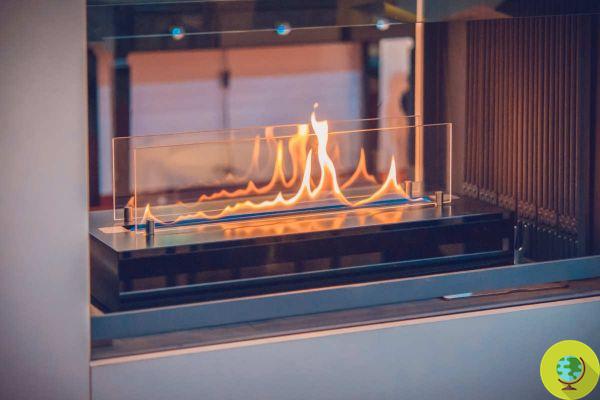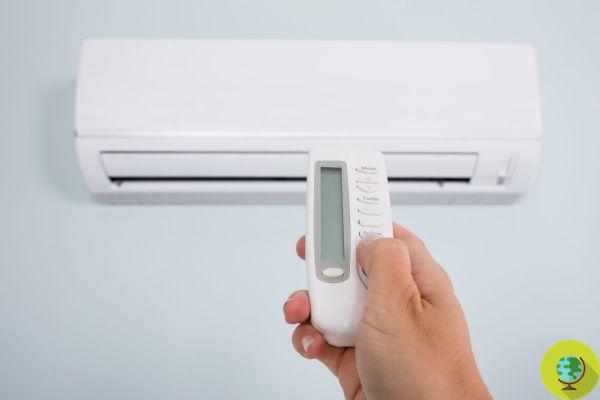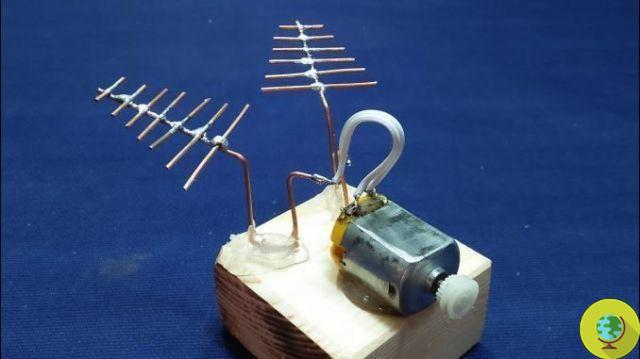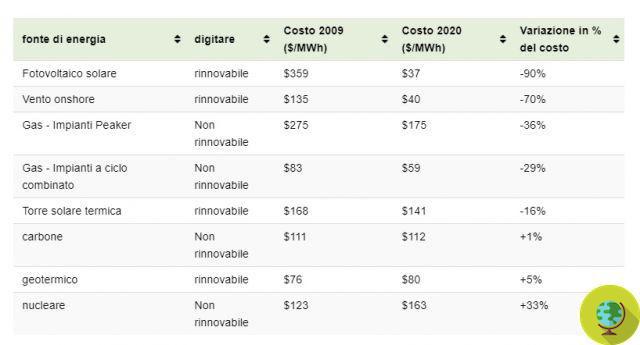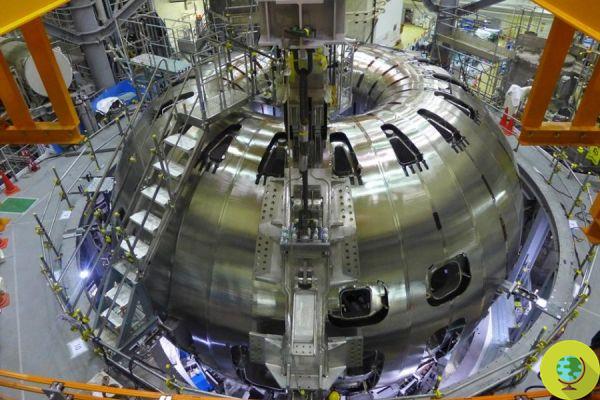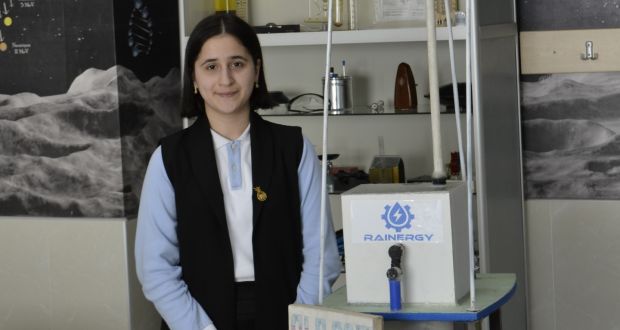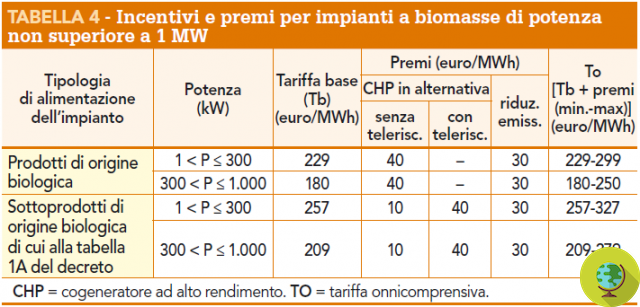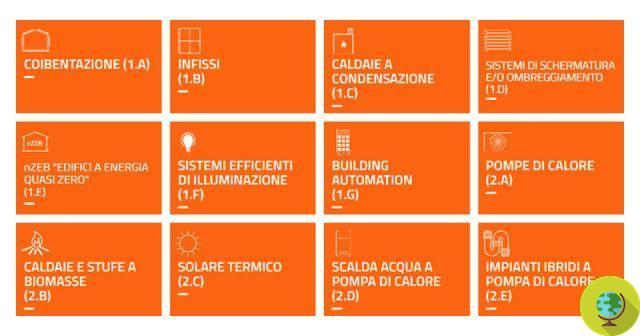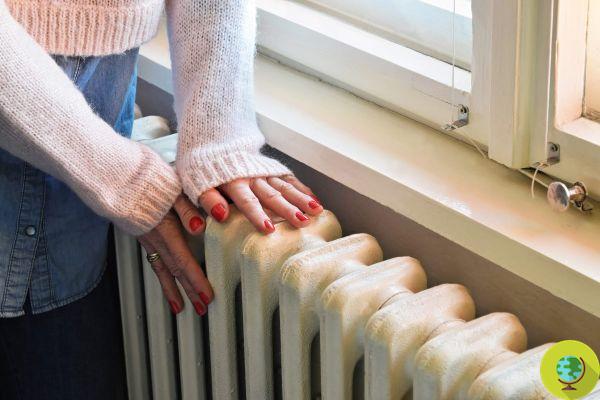
Still in use today, they were designed to heat in the presence of windows opened during the Spanish flu
He is about to end up run over, his mother saves himAge and poor maintenance have given old radiators a bad reputation. But when they were first installed, the steam heating systems they have been a powerful tool for fighting infectious diseases in the US.
The battle against pathogens has changed not only our lives, over the last century, but also our homes. We fly to New York where, during the first decades of the 900th century, the noisy radiators that heated apartments with steam were a direct result of the infection control theories developed during the great global pandemic of 1918 and 1919: the Spanish.
The flu, which caused 20.000 deaths in New York City alone "changed heating once and for all," according to Dan Holohan, a retired writer, consultant and researcher with extensive knowledge of heating and steam heating.
Heaters on and windows open
Since then, studies on how to fight airborne diseases have influenced heating systems and prompted engineers to design steam powered ones still in use today.
At the time, health officials believed, not wrongly, that fresh air would ward off airborne diseases. Today, as then, many activities were moved from closed places to the outdoors, from schools to courtrooms. According to Holohan's research, the New York City Board of Health ordered windows to remain open to provide ventilation, even in cold weather. In response, engineers began designing heating systems with this extreme use case in mind. The steam heating and radiators were designed for heat buildings on the coldest day of the year with all windows open.
Engineering books from the 20s often mentioned this need to design heating systems, especially boilers and radiators, to work with all windows open, a requirement for “fresh air movement,” says Holohan. In fact, it was believed that rooms with closed windows and without frequent air exchange would facilitate the transmission of diseases. The theory originated before the modern germ theory, at a time when tuberculosis was a significant health threat.
One proponent and forerunner of this idea was Lewis Leeds, a health inspector working in army field hospitals, who came to the conclusion that "stale" air was the cause of many diseases. According to him, the "exhausted breath" of the occupants of poorly ventilated houses contributed to 40% of deaths in the country:
"Man's breath is his greatest enemy" he often said. The man devoted his life to supporting the cause but also to designing ventilation systems for buildings, writing a book in 1869, Leeds on Ventilation.
These ideas would have been more formally accepted by architects and engineers during the early 1901th century. The New York State Tenement House Act of 1882 required every room to have an exterior window. New York City Health Commissioner Royal Copeland even proposed redesigning the Senate Chamber to cope with the deadly, stale air. Thus, when the Spanish influence spread, such theories had become established to the point of influencing construction projects. Having sturdy steam boilers that can keep apartments and homes comfortable with open windows has become standard in New York City, as well as in other cold-weather American cities, such as Detroit, Chicago, Denver, Boston and Philadelphia. The New York Steam Company began offering its services to Manhattan from underground stations in XNUMX and is still a common heating system to the point of creating one of the most iconic images of the city: the clouds of steam coming out of the sewers.
Nearly 75% of Manhattan's existing square footage was built between 1900 and 1930. And because steam heating systems are incredibly durable, they have been in use for generations.
About 80% of residential buildings in New York are still heated by steam but the power supply has changed. This is making the challenge of achieving environmental goals more difficult as their diet has also changed in the meantime.
According to John Mandyck, CEO of the Urban Green Council, 70% of climate emissions in New York City are generated by buildings, with the largest share being fossil fuels used for heat and hot water in large multi-family homes.
So old radiators have a bad reputation now, but Holohan notes that the inefficiencies can be traced to poor maintenance.
The fact remains that these devices, still very widespread, are the last trace of that pandemic, forgotten until the arrival of covid-19.
Sources of reference: Bloomberg, ElPais
READ also:
- Radiators, the time has come to use these "tricks" to save money
- The history of the anti-mask league during the Spanish. Why do we tend to deny pandemics?





